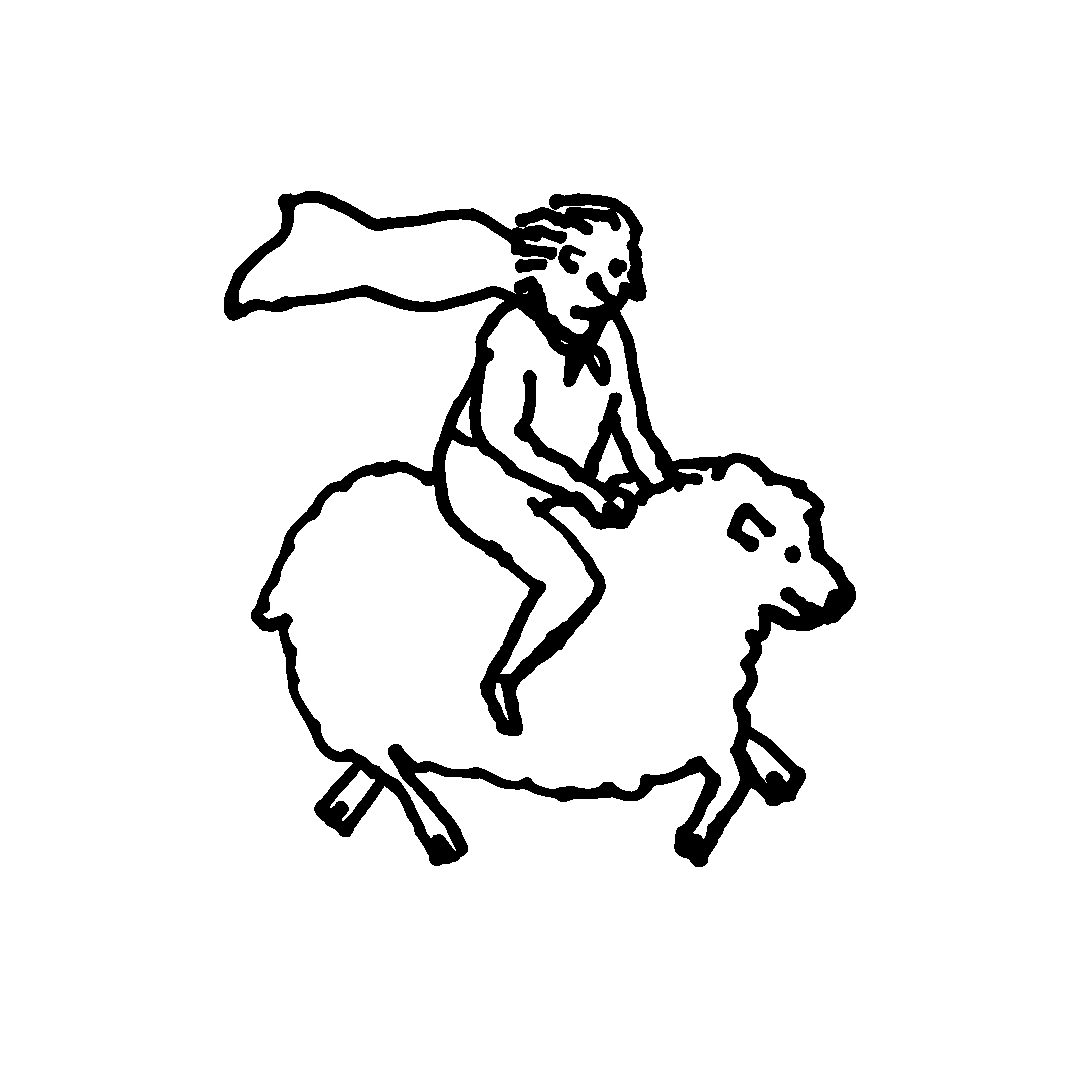The fashion industry is currently responsible for 10% (or 1,715 million tonnes) of annual global carbon emissions. The Global Fashion Agenda forecasts these emissions will increase by 50% by 2030 if we don’t challenge business as usual. Both the United Nations and the G7 Fashion Pact are focusing on addressing the industry’s carbon footprint to drive tangible change, aiming for net-zero emissions by 2050.
As the global population grows so does the demand for land to provide food and fibre for clothing. Meanwhile the health and productivity of land is declining, worsened by climate change. By 2030 the fashion industry is predicted to use 35% more land, over 115 million hectares, equivalent to the size of Colombia.
The Impact.
The Intergovernmental Panel on Climate Change expects that a 1.5°C average rise is temperature may put 20-30% of species at risk of extinction. If the planet warms by more than 2°C, most ecosystems are expected to struggle leading to a decimation of natural life.

According to the United Nations, today two-thirds of the Earth is locked into a process of desertification - a process by which fertile land in the planet’s dry regions steadily loses its productive capacity and becomes desert land. A lethal problem for our planet as this land is vital to maintaining biodiversity and feeding the population.
A zero carbon economy is a planetary obligation if we want to avoid a climate catastrophe.
Sheep Inc. Standard.
We run a full product lifecycle analysis (LCA) on any garments we sell to assess their carbon footprint (30.8 kg of C02 for medium knits and 17.9kg for light knits). This LCA is calculated by a third-party auditor (Carbon Footprint Ltd.) to ensure impartiality and has been attested to be consistent with the CarbonNeutral protocol, the global standard for carbon neutral programmes. We then mitigate our impact by investing in biodiversity projects around the world, offsetting these CO2 emissions tenfold. These projects are independently verified by our climate crisis panel headed by Professor Mark Maslin, Head of Climatology at University College London. To date, we have sequestered more than 1,500,000 CO2e through our investments and efforts.

While this makes us proud, we know it’s not the answer. It’s not good enough.
What can lead to real, lasting change is doing the tougher work of looking inward and reducing our own carbon emissions by investing directly within our supply chain.
We minimise our footprint by partnering with suppliers who aim to reduce their environmental impact by adopting regenerative farming practices.
The thinking behind regenerative practices as a climate mitigation strategy, is to remove carbon dioxide from the air by storing it as organic carbon in soils. The Earth's soil contains about 2,500 gigatons of carbon—that's more than three times the amount of carbon in the atmosphere and four times the amount stored in all living plants and animals.
Soil is a natural “carbon sink”.
Regenerative farming creates sustainable long-term ecosystems by raising livestock in a way that sequesters carbon and maximizes soil health. Using these techniques, Lake Hawea Station has already achieved a naturally carbon-negative, or carbon clear, emission profile. In the last couple of years, they have fenced waterways, used agritech to optimise and reduce the use of fertiliser and water used for irrigation, and launched a planting programme with a target of getting 100,000 native trees into the ground in ten years. They are also seeding a 10-acre trial paddock in a mix of 20 different types of plants.

Looking forward.
There will be nearly 10 billion people on Earth by 2050—about 3 billion more than there were in 2010. Agriculture needs to close an 11-gigaton greenhouse gas (GHG) gap between expected emissions in 2050 and those needed to hold global warming below 2°C, the level necessary for preventing the worst climate impacts. Today we must take responsible actions for the future. This is not a moment - it’s a movement. To change the world we must #ChallengeStandard.


